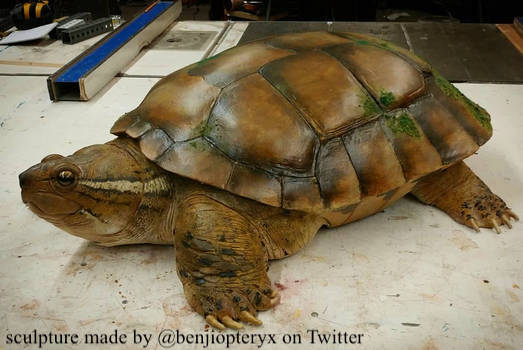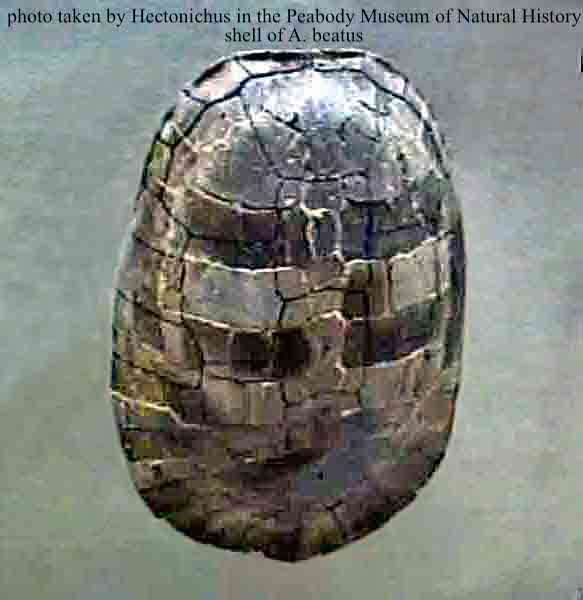Welcome to Adocus

Name Definition
No beam
Name Given By
Edward Drinker Cope in 1868
Location
Canada, the United States, Mongolia, China, Japan, Kazakhstan, Tajikistan, and Uzbekistan
Classification
Reptilia, Testudines, Cryptodira, Adocidae, Adocinae
Size
the shell of Adocus reaches a length of 80 cm (31.4 inches)
Temporal Range
Barremian stage (Early Cretaceous) - Oligocene epoch (Cenozoic), ~125 - 28 million years ago
Ecological niche
armored aquatic omnivore
Species/Sub Species
A. beatus (type species), A. agilis, A. aksary, A. bossi, A. bostobensis, A. dzhurtasensis, A. firmus, A. foveatus, A. hesperius, A. kirtlandius, A. kizylkumensis, A. kohaku, A. lineolatus, A. onerosus, A. orientalis, A. pravus, A. sengokuensis, A. syntheticus
Diet
omnivore, consumed aquatic plants and small marine animals such as fish
Introduction
Adocus is a genus of extinct cryptodire turtles that lived mainly in North America and Asia during the Early Cretaceous to the Oligocene epoch of the Cenozoic. Multiple specimens have been found of all the species, with some almost complete, and a shell of A. beatus has also been found.
Given its wide geographic and temporal range, it suggests Adocus was a very successful species. Another sign that this is true is that Adocus and its relatives were omnivorous. Usually, omnivores are generalists, and generalists tend to be more adaptable than specialists, animals that are adapted to only one kind of lifestyle. Since omnivores can consume a variety of food, they can adapt well when one kind of food is not available during harsh times, however when a specialist’s main food source is gone, they will eventually go extinct.
Adocus is part of suborder of turtles called Cryptodira. The cryptodire turtles are able to lower their heads and completely pull their neck and head inside their shell, which is why Cryptodira means “hidden neck”. Adocus is known to have inhabited freshwater systems in North America and Asia. Species of Adocus are known to have flat and smoothly contoured shells, as well as horny sculptured plates.
Sources:
- https://en.wikipedia.org/wiki/Adocus
- http://www.prehistoric-wildlife.com/species/a/adocus.html
